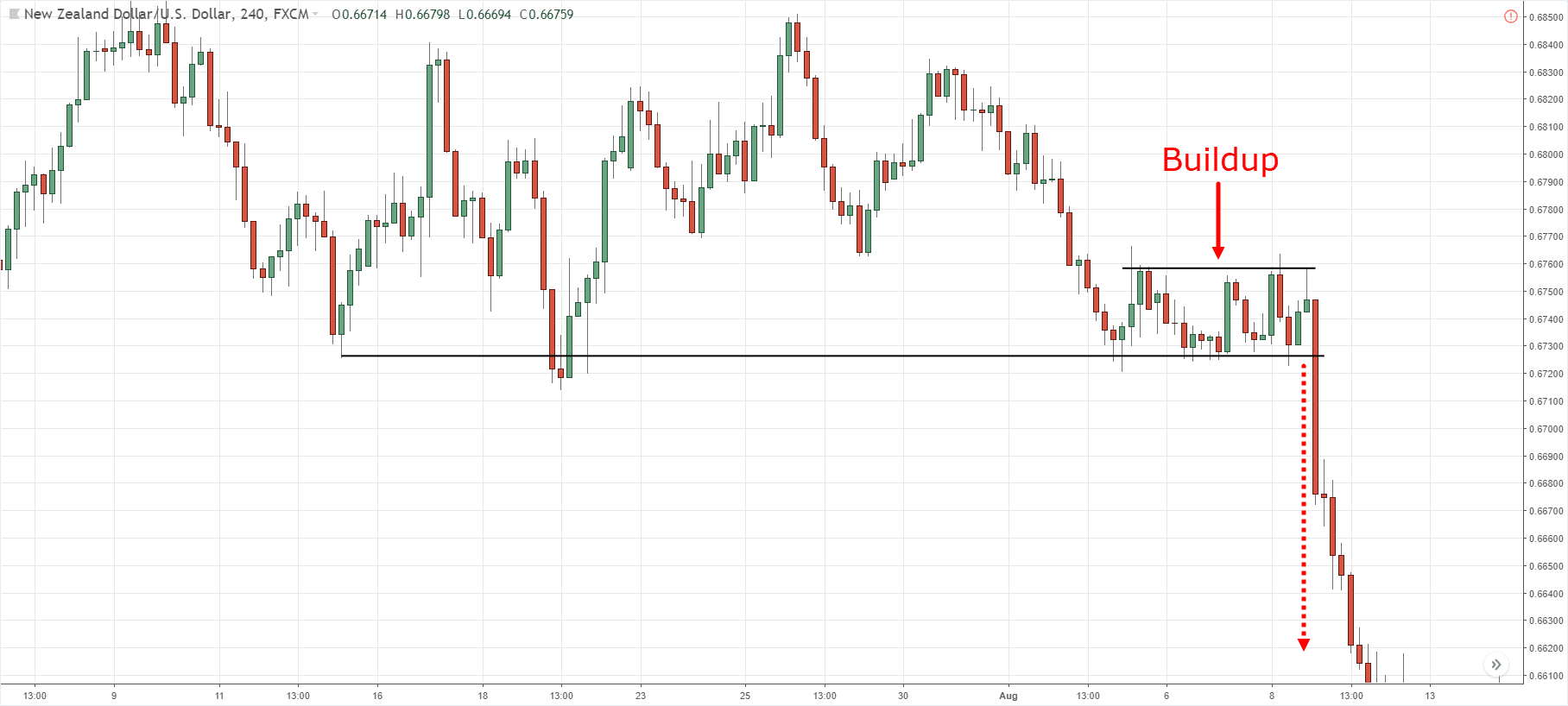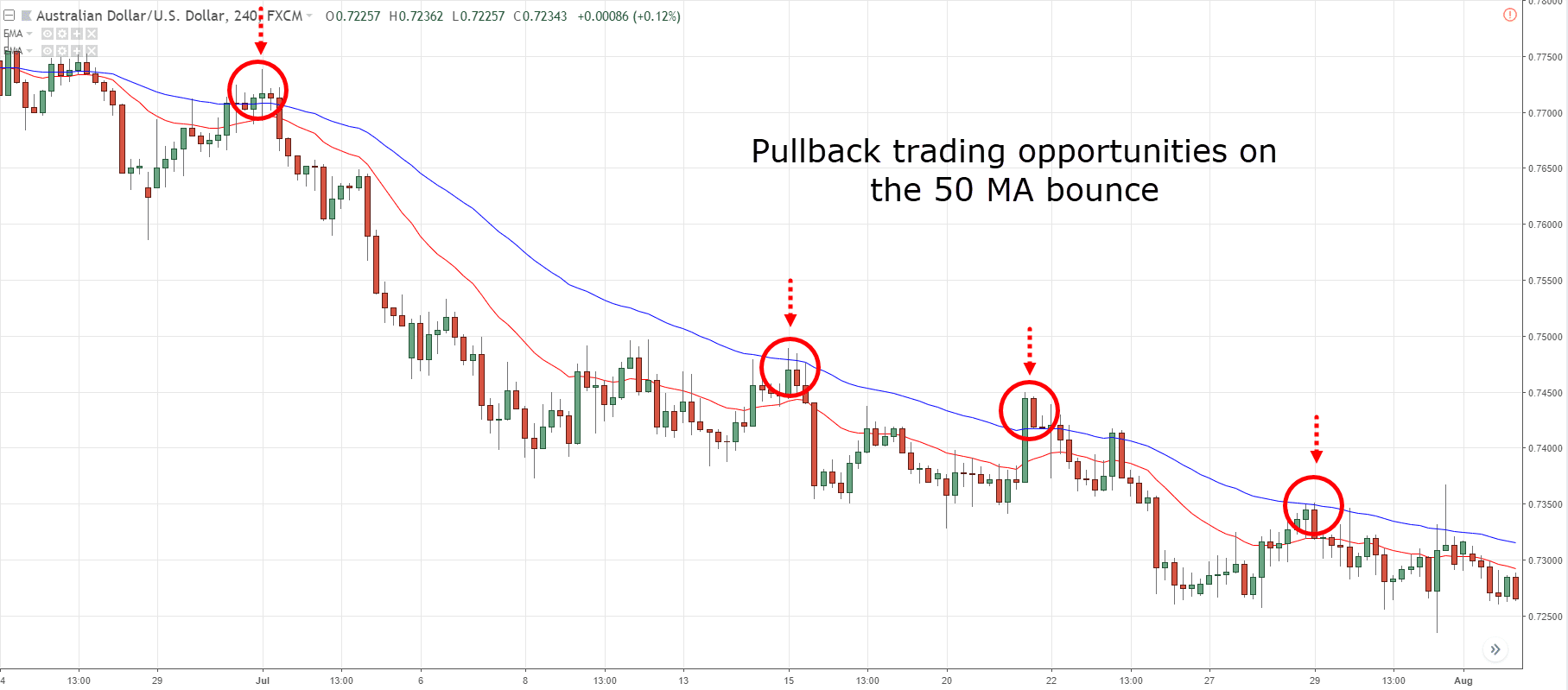#3: What is a short position
Lesson 3
What is a short position
If you’re bearish about the market, you expect the price to go down in the future.
So what should you do?
You’ll enter a short position.
This means you’ll short sell a financial instrument.
And the exact opposite of a short position is a long position.
Let me explain…
Forex example:
Let’s say EUR/USD is 1.1234 right now.
If you’re bearish on it, you can enter a short position at 1.1234.
This means that you’re selling EUR and buying USD.
And if you buy EUR/USD to close your position at 1.1134, you’ve earned 100 pips.
Next…
Stock example:
Let’s say Apple share price is $100 at this moment.
If you’re bearish on Apple’s share price…
You’ll enter a short position to short sell its shares at $100 each.
And if you buy Apple shares at $80 each to close your position, you’ll bag a gain of $20 per share.
When do you enter a short position?
Here are two scenarios to enter a short position:
- Enter on a pullback to the moving average
- Enter on a breakdown from support
I’ll explain…
Scenario #1: Enter on a pullback to the moving averages
If the price is below the moving average, then the market is in a downtrend.
If the market is in a downtrend, then enter a short position when price pullbacks to the moving average.
Here’s what I mean:
Scenario #2: Enter on a breakdown from support
If the price consolidates near support, then chances are, that support will be broken.
If price breaks below support, then enter a short position on the breakdown from support.

Now, here’s the thing:
There’s honestly no fixed way to enter a short position.
You’ll have to find the trading style that suits you over time.
If you want to learn more, go check out:

